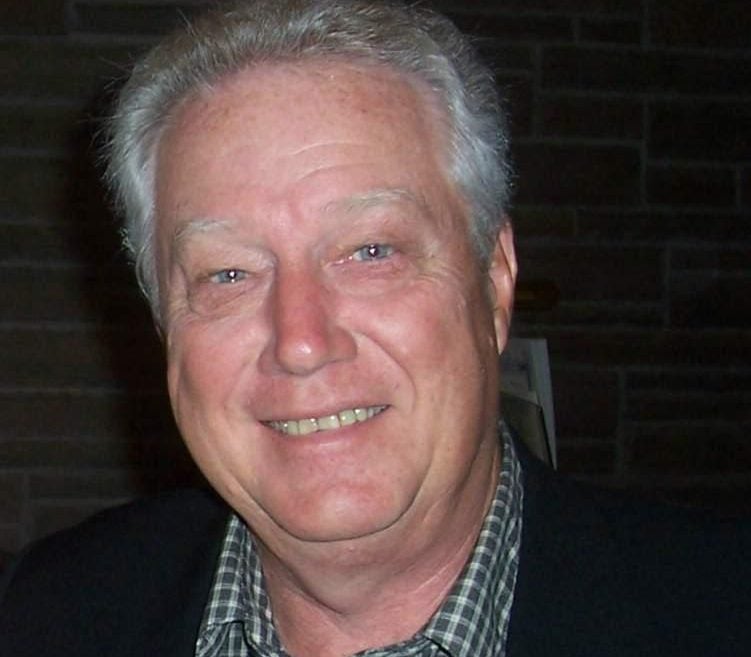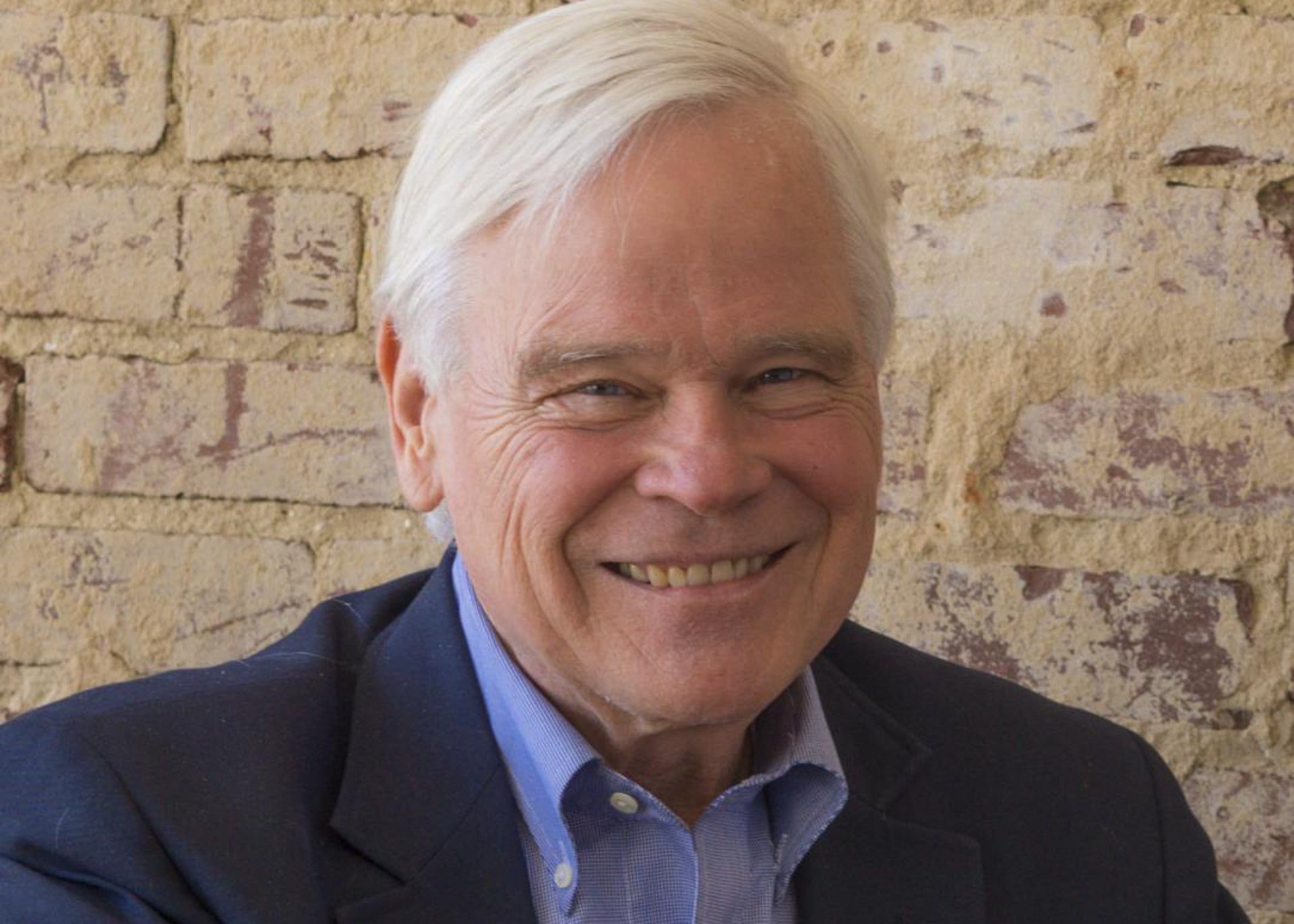The Nature Corner: North Carolina Wild
Published 12:50 pm Sunday, March 15, 2020
|
Getting your Trinity Audio player ready...
|
By Ernie Marshall
I had an extraordinary experience recently. February 7, I attended the performance of the multimedia, music and film event of “NC Wild Live” at the historic Turnage Theater in Washington. It combined the masterful cinematography of Blake and Emily Scott of STRS Productions and originally composed and performed music on electronic keyboard instruments of Blake Scott and his collaborator Robert Watson. The subject of the film was the wildlife of eastern North Carolina and the wild and wonderful places they roam.
If you are familiar with the nature documentaries STRS Productions has previously done on our state’s coastal National Wildlife Refuges, you know the quality of Blake Scott’s work. The NC Wild presentation added to the cinematography, indeed took in to another dimension, by blending it with their music. I believe it succeeded in doing this by enhancing our experience of three things, so important to a deep encounter with nature: nature’s drama, beauty and awe and wonder.
Blake has a sharp eye for the drama that unfolds in nature, much of it part of the daily do-or-die struggle for existence. Among these moments in the film we have a mink struggling to extract a dead cormorant from brambles in order to enjoy its meal; an egret attempting, successfully at last, to swallow an eel; and a three way drama between a squirrel and a rat snake, which gives a red-tailed hawk its moment to seize the squirrel.
Beauty was everywhere in the film, in radiant sunrises and sunsets, the graceful flight of birds, snow falling in winter woods, but moved to the level of awe and wonder in scenes of huge flocks of migrating waterfowl, a line of tundra swan flying in front of a full moon, and perhaps especially in time lapse footage of a dazzling night sky spinning as our planet rotates on its axis in the vastness of space.
I have pondered their well-chosen name for the event, “NC Wild.” The word “wild” derives from the Old English word “wilde,” meaning “in a natural state, uncultivated, untamed, undomesticated, uncontrolled,” which is still its current meaning.
We seem to feel a certain ambivalence about “wildness” or “wilderness.”
Cotton Mather, the famous Puritan minister with the Massachusetts Bay Colony, described America as “a howling wilderness,” and William Bradford as “a hideous and desolate wilderness.” Americans in our early colonial days in the 1600s were inclined to regard the wilderness they confronted as something to be conquered and tamed, as something hostile or sinister.
The “wilderness” where Jesus spent forty days and forty nights at the beginning of his ministry, according to the account offered in Matthew, Mark and Luke of the New Testament, offers another view.
Jesus was apparently in the Judaean Desert, a desolate region of arid, rugged mountains. There Jesus confronted hardships and three temptations posed by Satan. This “wilderness” is essentially a wasteland, an uninhabited and inhospitable place. We in America often consider wild places in that manner, having moved on from frontier days to a more urbanized existence.
But there is something else in the Biblical story. A wilderness is also a place of solitude where one can be tried both physically and spiritually. The American philosopher Alfred North Whitehead in his book “Religion In The Making” speaks of religion as “something man does with his solitariness.”
Native American culture along with many of the world’s religions illustrate this idea. Young men often went into a wilderness area as a rite of passage to manhood on a Vision Quest seeking spiritual strength and insight as to their future path in life.
Perhaps the nature writer Edward Abbey has this in mind when he says, “Wilderness is not a luxury but a necessity of the human spirit” (in his book aptly enough called Desert Solitaire).
A more recent notion of wilderness that has come out of our recent environmental consciousness and the Wilderness Act of 1964 has it that “wilderness is an area where the earth and community of life are untrammeled by man, where man himself is a visitor who does not remain.”
In rebuttal to these differing ways of understanding “wildness” or “wilderness” is another, represented both by Blake Scott’s “NC Wild” multimedia production and the North Carolina northern Outer Banks where almost all of “NC Wild” was filmed.
The northern Outer Banks and nearby soundside mainland areas have more “wild lands” than any other part of the state, save perhaps parts of the Appalachians in the west such as in U.S. National Forests. These lands include private agricultural areas, private forested areas (Weyerhauser holdings, etc.), state public lands such as Game Lands and State Parks, and federal lands such as the Cape Hatteras National Sea Shore stretching over seventy miles, and nine U.S. National Wildlife Refuges, either on the Banks or in the region.
These places teem with wildlife, the surest sign of “wildness,” to which “NC Wild” powerfully attests, and are also welcoming to a restrained human presence, man as more than “a visitor who does not remain.” Besides being welcome by humans in their own right, this “wildness” is the greatest resource of the coastal region, providing for recreation and tourism, hunting and fishing, wildlife observation, psychological and spiritual renewal, and much more.
Like all things precious, wild North Carolina must also be protected against rough handling. Despite nature’s immense powers of renewal, witnessed in every cycle of the seasons, it has a fragility and vulnerability about it, being a delicate dynamic balance of interconnected components. It seems a fair bargain, taking care of what we care for.
We have a certain nostalgia for the wilderness that Daniel Boone knew, where he could move deeper into the woods when he could see the smoke from another man’s chimney. That we can longer have, but do still have and hopefully can preserve what Blake Scott captures in “NC Wild.”
Ernie Marshall taught at East Carolina College for thirty-two years and had a home in Hyde County near Swan Quarter. He has done extensive volunteer work at the Mattamuskeet, Pocosin Lakes and Swan Quarter refuges and was chief script writer for wildlife documentaries by STRS Productions on the coastal U.S. National Wildlife Refuges, mostly located on the Outer Banks. Questions or comments? Contact the author at marshalle1922@gmail.com.
FOR MORE COLUMNS AND LETTERS TO THE EDITOR, CHECK OUT OUR OPINION SECTION HERE.
ALSO OF INTEREST:




